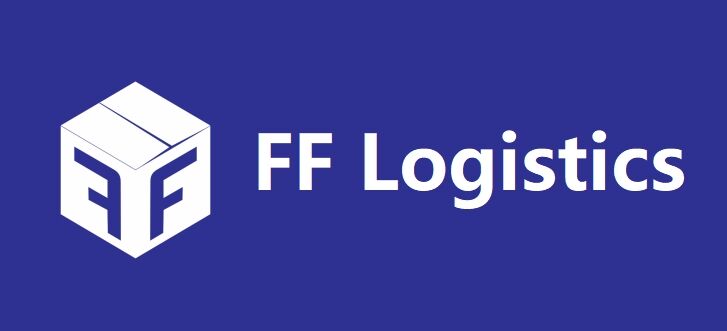The key difference between OSS and IOSS lies in their focus. OSS covers intra-EU sales, while IOSS applies to low-value goods imported into the EU. Understanding these schemes ensures you choose the right one for your business needs.
Overview of OSS
Definition and purpose
The One-Stop Shop (OSS) is a VAT scheme designed to simplify tax compliance for businesses selling goods or services across EU member states. It allows you to report and pay VAT for all your intra-EU sales through a single online portal. This eliminates the need to register for VAT in every EU country where you sell.
The primary goal of OSS is to reduce administrative burdens. It streamlines VAT reporting, making it easier for you to focus on growing your business. If you sell to customers in multiple EU countries, OSS ensures you stay compliant without unnecessary complications.
How it works
When you register for OSS, you submit a quarterly VAT return through the portal of your chosen EU member state. This return consolidates all your intra-EU sales. You pay the VAT owed in one transaction, and the tax authorities distribute it to the respective countries.
OSS applies to both goods and certain services, such as telecommunications or digital products. You must charge VAT based on the customer’s location, not your business location. This ensures fair taxation across the EU.
Overview of IOSS
Definition and purpose
The Import One-Stop Shop (IOSS) is a VAT scheme designed to simplify tax compliance for businesses selling low-value goods to EU customers. It applies to goods imported into the EU with a value of €150 or less. By using IOSS, you can collect VAT at the point of sale, ensuring a smoother buying experience for your customers.
The main purpose of IOSS is to streamline VAT collection for imported goods. It eliminates unexpected VAT charges for customers during delivery, which improves customer satisfaction. For businesses, IOSS reduces administrative hurdles by centralizing VAT reporting through a single portal.
How it works
When you register for IOSS, you charge VAT at the time of purchase based on the customer’s location. This ensures compliance with EU VAT rules. You then report and pay the collected VAT through a monthly return submitted via the IOSS portal.
The IOSS scheme simplifies the import process. Goods imported under IOSS are exempt from VAT at the border, which speeds up customs clearance. This makes your delivery process faster and more efficient.
Applicability to low-value goods
IOSS applies exclusively to goods valued at €150 or less. It does not cover excise goods like alcohol or tobacco. If your business sells higher-value items, you must use other VAT schemes or processes.
Using IOSS for low-value goods benefits both you and your customers. It ensures accurate VAT collection and avoids delays caused by customs procedures. This makes IOSS an ideal choice for businesses focused on small, cross-border transactions.
Key differences between OSS and IOSS
Scope and transaction types
The difference between OSS and IOSS begins with their scope. OSS focuses on intra-EU sales. It applies to goods and services sold directly to consumers within EU member states. This includes digital products, telecommunications, and physical goods. On the other hand, IOSS is limited to low-value goods imported into the EU. It only applies to items valued at €150 or less.
If your business sells across EU borders, OSS simplifies VAT compliance for those transactions. However, if you import small goods into the EU, IOSS is the better choice. Each scheme targets specific transaction types, so understanding your business model is essential.
VAT collection and reporting
OSS and IOSS differ in how VAT is collected and reported. With OSS, you charge VAT based on the customer’s location. You then submit a quarterly VAT return through a single portal. The tax authorities distribute the VAT to the appropriate countries.
IOSS, however, collects VAT at the point of sale. You report and pay this VAT monthly through the IOSS portal. This process eliminates VAT charges at the border, speeding up customs clearance. The difference between OSS and IOSS lies in the frequency of reporting and the point of VAT collection.
Business eligibility
Eligibility for OSS and IOSS depends on your business location and activities. OSS is available to both EU and non-EU businesses. EU-based businesses use Union OSS, while non-EU businesses use Non-Union OSS for services.
IOSS is open to businesses selling low-value goods to EU customers. Non-EU businesses must appoint an EU-based intermediary to use IOSS. Choosing the right scheme depends on your eligibility and the type of transactions you handle.
Registration process for OSS and IOSS
Eligibility for EU and non-EU businesses
You can register for OSS or IOSS based on your business location and activities. If your business operates within the EU, you qualify for Union OSS. This applies to intra-EU sales of goods and services. Non-EU businesses can use Non-Union OSS, but only for services provided to EU consumers.
For IOSS, eligibility depends on selling low-value goods (up to €150) to EU customers. If your business is outside the EU, you must appoint an EU-based intermediary to access the IOSS scheme. This intermediary acts as your representative for VAT compliance.
OSS and IOSS simplify VAT compliance for businesses operating in the EU. OSS works best for businesses selling within the EU, while IOSS suits non-EU sellers importing low-value goods. You should evaluate your operations and transaction types to choose the right scheme. Understanding the difference between OSS and IOSS ensures compliance and smoother operations.



